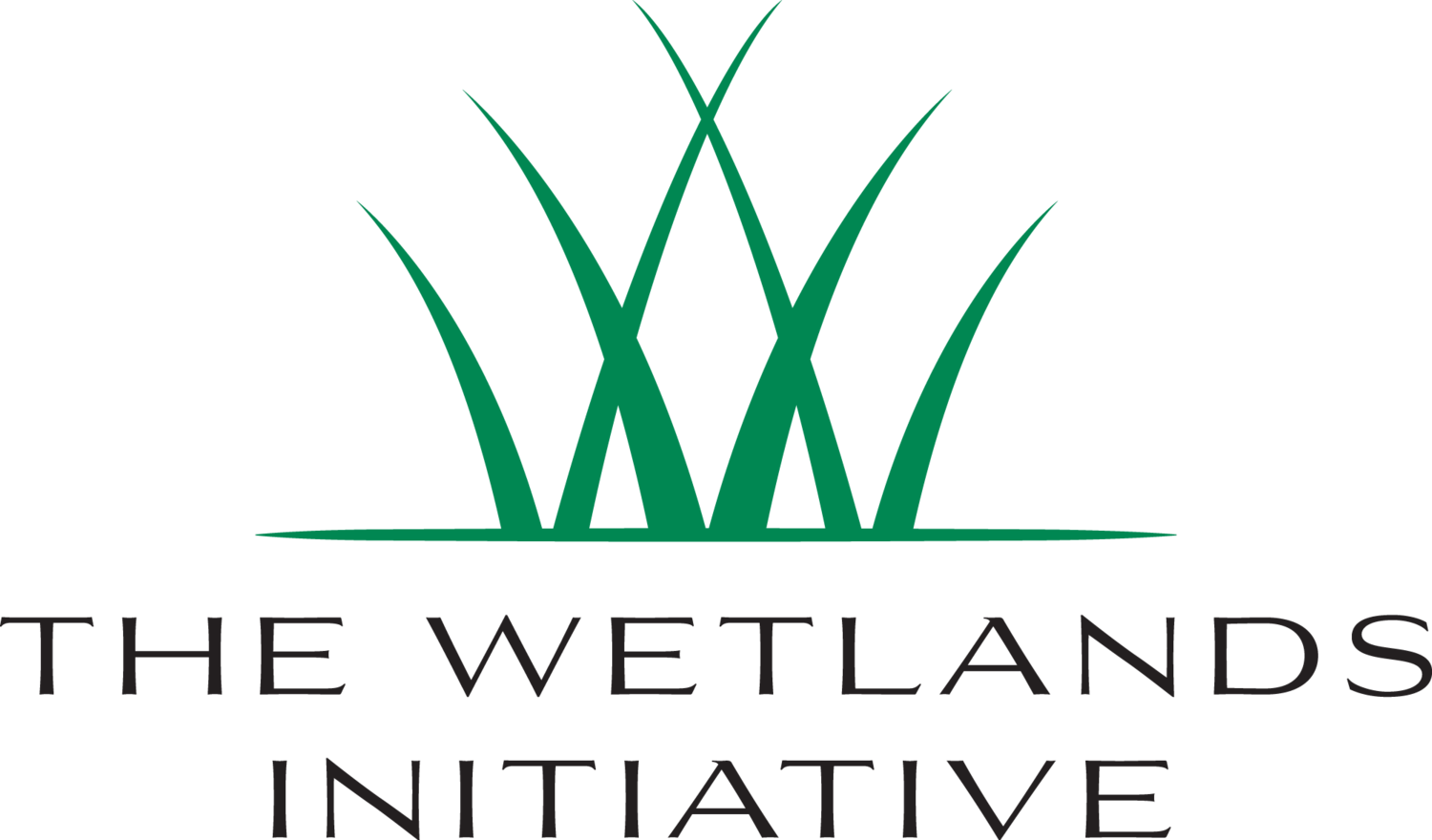A March 2021 Field Note by Vera Leopold, TWI Grants Manager/Development Associate and resident birder
A misty spring morning rises over the marsh. A pair of Virginia Rails starts up a strident squawking somewhere in the cattails. A Pied-billed Grebe slips silently beneath the surface of the water. Swamp Sparrows sing their clear trills around the vegetation’s edges. And a semi-truck rumbles by on the nearby road.
